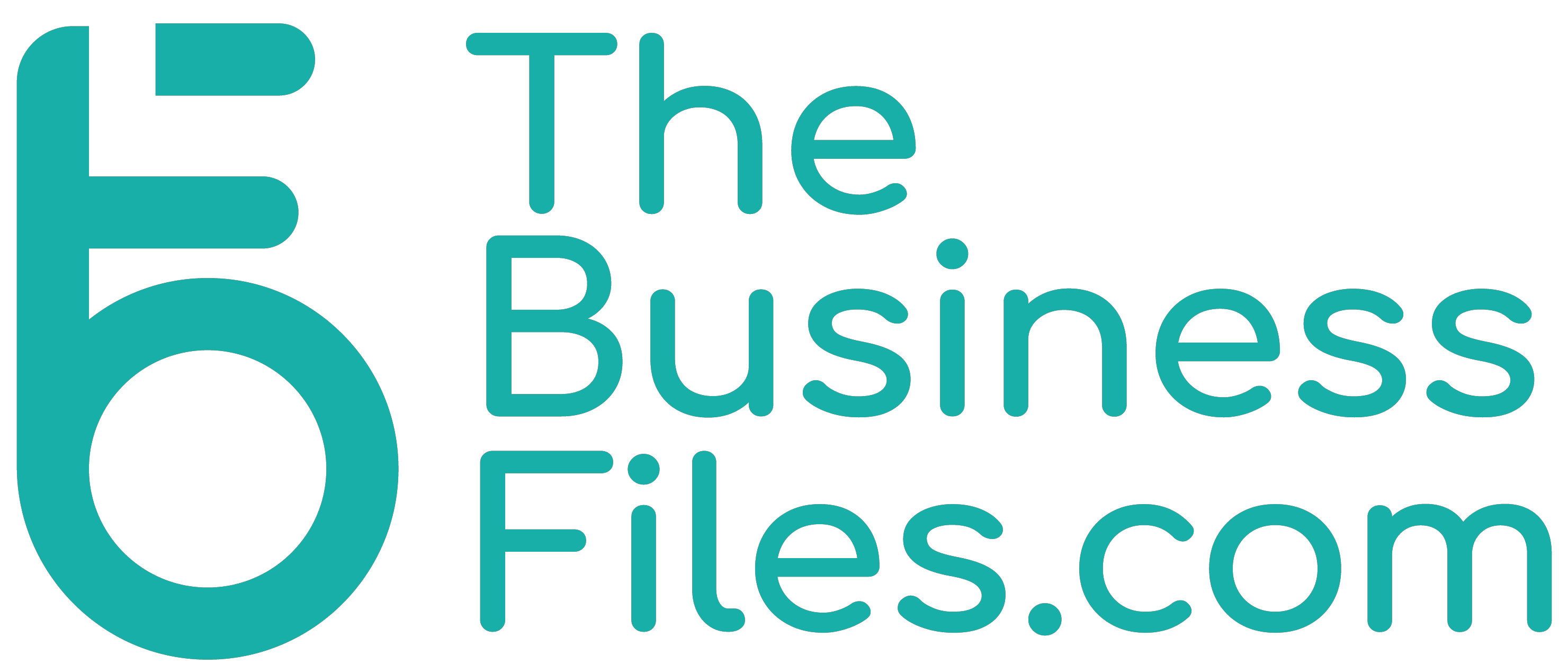The dollar was roughly flat in choppy trading on Thursday after the release of the latest Federal Reserve minutes.
Details of the discussion from the central bank’s December policy meeting, released on Wednesday, showed policymakers remain focused on curbing inflation and do not envisage interest rate cuts in 2023.
Analysts said the minutes were broadly in line with expectations, explaining the relatively muted reaction in markets.
The euro was last up 0.13% against the dollar at $1.062. It rose 0.54% on Wednesday after French inflation came in lower than expected, boosting optimism about the euro zone economy.
The dollar index , which measures the currency against major peers, was last flat at 104.2 on Thursday, after rising earlier in the session.
It was well below September’s 20-year high of 114.78, but above the six-month low of 103.38 touched in late December.
The dollar surged in 2022 as the Fed hiked interest rates aggressively, luring investors towards higher-yielding U.S. assets.
Fed officials in December projected that its main interest rate, currently in the 4.25%-4.50% range, would rise to just over 5% in 2023 and likely remain there for some time.
The minutes reiterated the hawkish message on Wednesday, saying that “no participants anticipated that it would be appropriate to begin reducing the federal funds rate target in 2023”.
Yet the market doubts that the Fed will not lower rates as economic growth slows, partly explaining the lack of reaction in the dollar, analysts said.
“Long story short, the markets are not buying the Fed’s dot plot,” said Christopher Wong, a currency strategist at OCBC.
Japan’s yen was little changed at 132.63 per dollar, after rising 1.23% on Wednesday as traders wagered that the Bank of Japan (BOJ) may soon fully abandon its controversial yield curve control.
The BOJ is putting more emphasis on an inflation gauge that excludes fuel costs and will likely raise its projections for the index’s growth in quarterly forecasts due this month, sources told Reuters.
Jane Foley, head of currency strategy at RaboBank, said lower inflation in Europe and reopening in China were likely weighing on the dollar by making other regions look more attractive.
“We’ve got the euro zone perhaps doing better than the market anticipated, so perhaps less reason for safe-haven dollar buying,” she said.
Foley said economic data would be key in determining whether the Fed sticks to its rate hike projections. The latest U.S. monthly employment figures, for December, is due on Friday.
Sterling was down 0.36% to $1.202, after rallying 0.76% on Wednesday.
The Chinese onshore yuan rose more than 0.3% to 6.875 per dollar as the currency continued to be underpinned by China’s reopening measures, despite a surge in COVID-19 cases.
The Aussie dollar was last down 0.3% to $0.682, while the Kiwi was 0.17% lower at %0.628.

